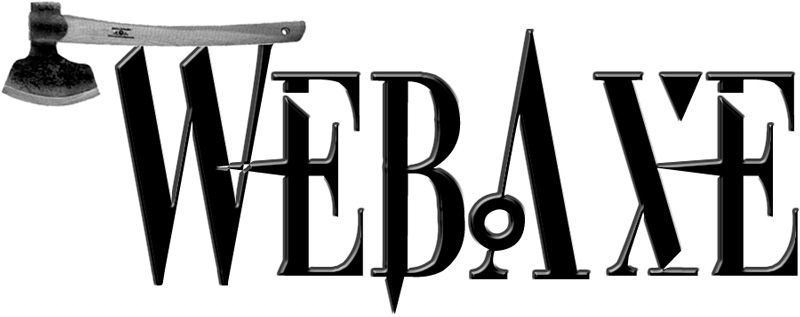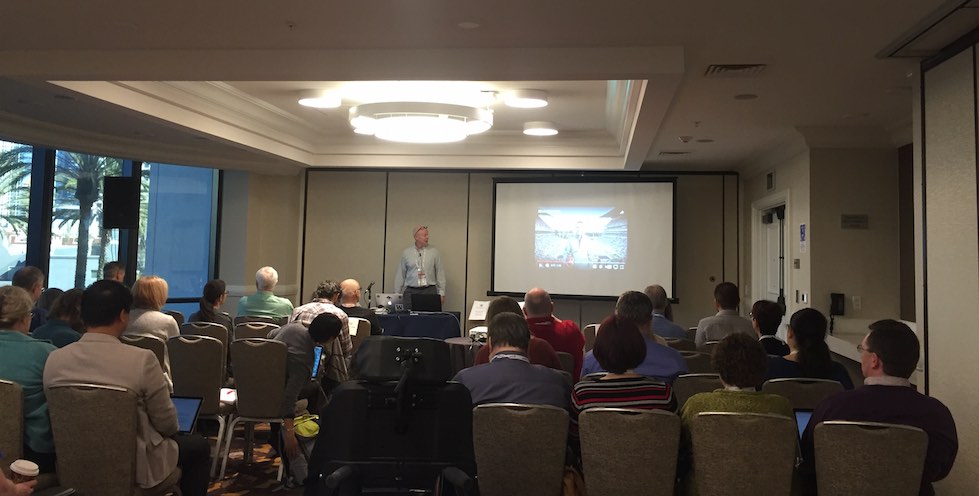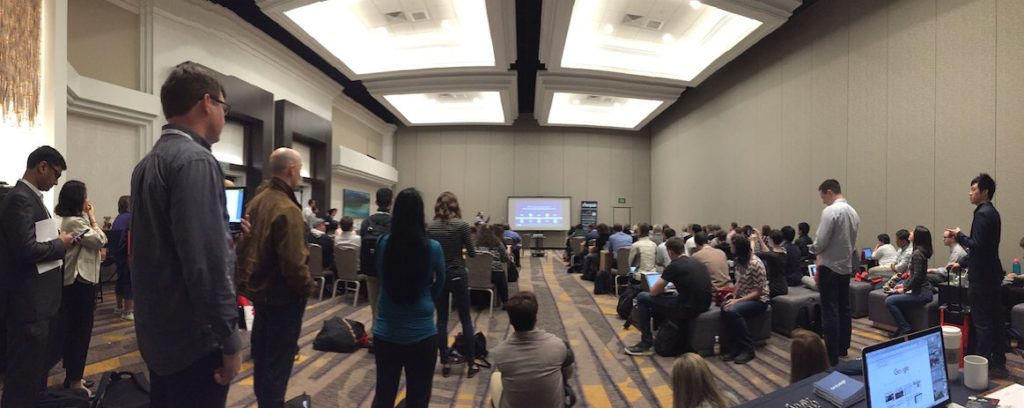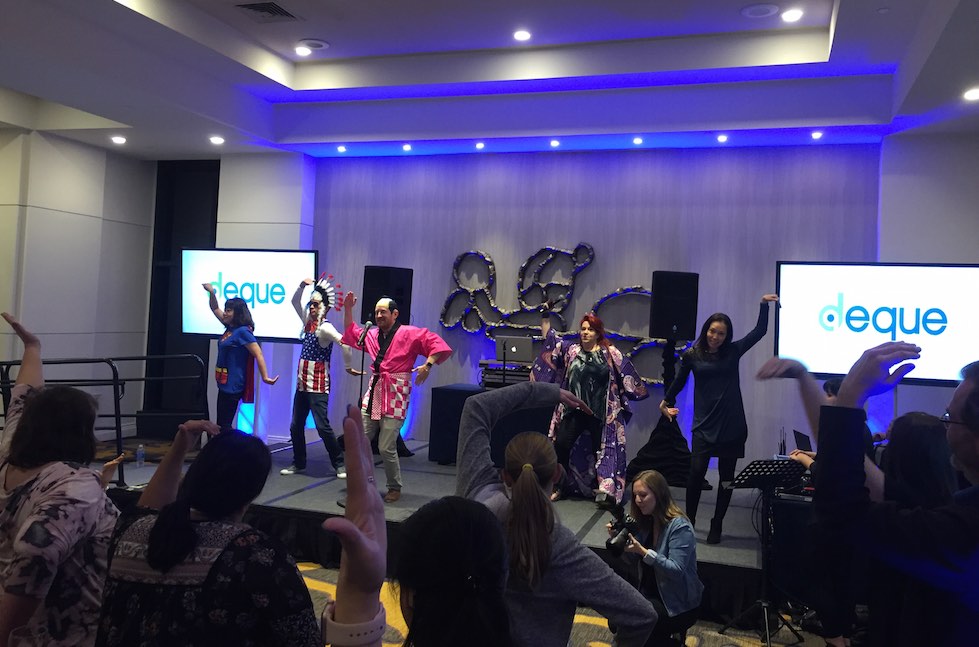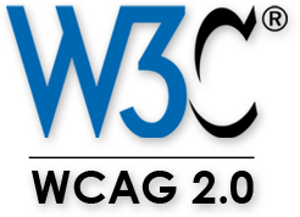Some aspects of digital accessibility can be straight-forward. But many are complex and can be subjective, especially when interpreting WCAG 2.0 guidelines. The following tweet is humorous because there’s a strong ring of truth to it—if you ask 10 accessibility specialists you will get 20 different answers.
https://twitter.com/arigaud_ca/status/649218118422802432
Inconsistency in accessibility reporting can be a big problem in an organization and its employees. In the white paper A11Y Wars: The Accessibility Interpretation Problem, Glenda Sims (@goodwitch) and Wilco Fiers (@wilcofiers) do a deep dive into this issue. Topics in the paper include:
- Summary of Findings
- Causes of Interpretation Problems
- Causes of WCAG 2.0 Interpretation Differences
- Accessibility Peace Model
- Standardization
- Recommendations
The paper proposes an “Accessibility Peace Model” which helps clearly define the perspective your organization is using for accessibility testing. This will reduce inconsistencies in accessibility testing and reduce the natural tension between the goals of users, designers, developers, testers, trainers, project managers, and executive employees. In turn, this will save much time, hassle, and ultimately lower costs.
The Accessibility Peace Model recognizes that there are different, equally valid, ways to use WCAG 2.0. To get consistent results, organisations should define with what perspective they want their tests to be done. This is by no means the only measure that needs to be taken to ensure consistency, but it does make discussions on interpretations significantly more effective.
If your organization is serious about accessibility, consider reading A11Y Wars: The Accessibility Interpretation Problem.
This white paper was presented by Glenda and Wilco at CSUN 2018 in San Diego, CA, and are also presenting on the topic this week at AccessU 2018 in Austin, TX.
